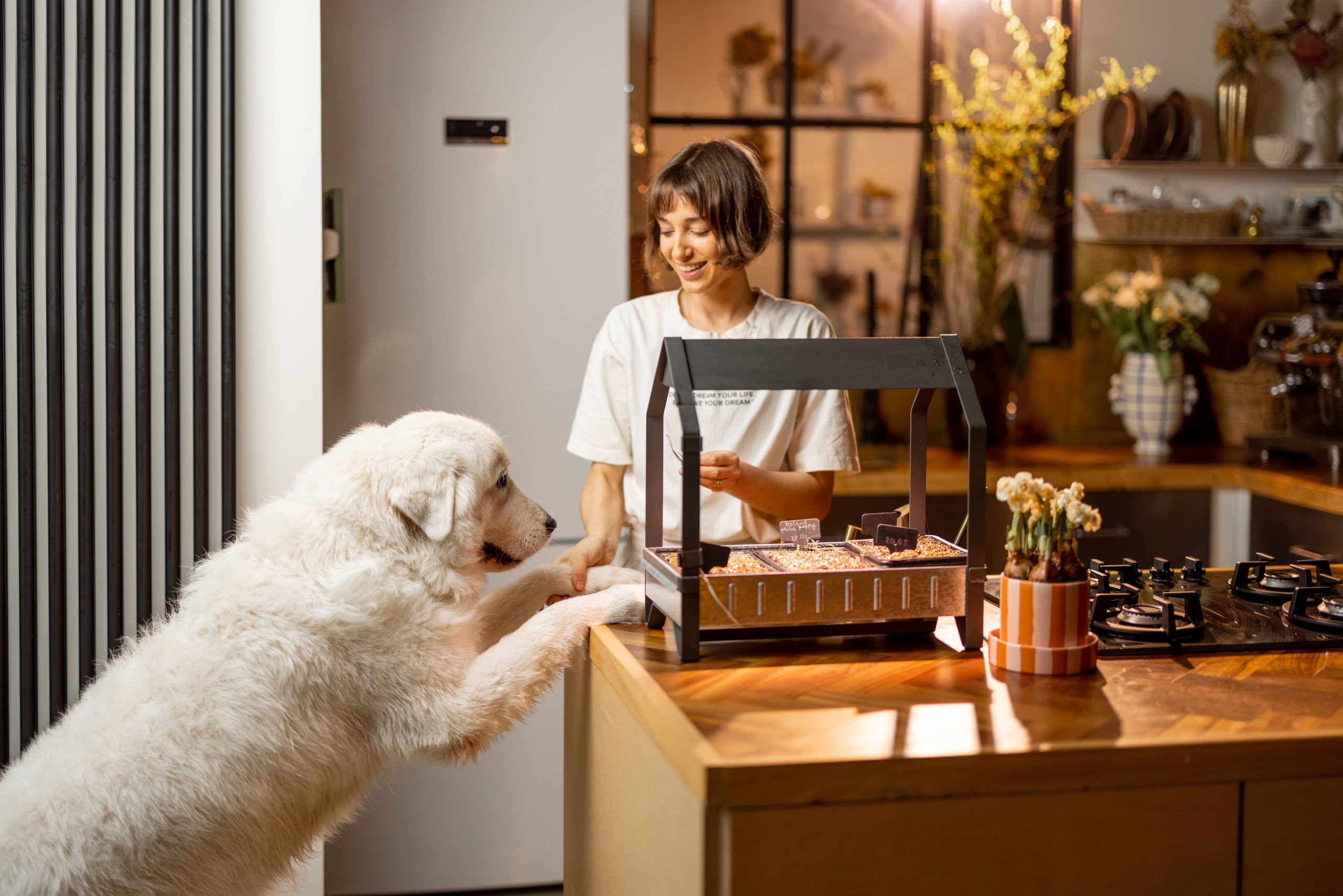
As a pet enthusiast and home blogger, I understand the joy and challenges of creating a harmonious living space for both humans and their furry companions. One of the most common issues pet owners face is finding a way to keep their cats entertained and their furniture intact. Enter the scratching post—a staple in any cat-friendly home. But why settle for a generic store-bought version when you can craft your own artistic DIY scratching post? Not only will it save you money, but it will also add a unique touch to your home decor. In this blog post, I’ll guide you through the process of creating a scratching post that is both functional and aesthetically pleasing.
Understanding the Need for Scratching Posts
Before diving into the DIY project, it’s essential to understand why cats scratch. Scratching is a natural behavior for cats, serving several purposes. It helps them mark their territory, stretch their muscles, and keep their claws healthy. Providing a designated scratching area is crucial to prevent them from turning your furniture into their personal scratching post.
Choosing the Right Materials
The first step in crafting your DIY scratching post is selecting the right materials. You’ll need a sturdy base, a post, and a covering material that will entice your cat to scratch. Here are some options:
– Base: A wooden board or a piece of heavy-duty plywood works well. Ensure it’s large enough to provide stability.
– Post: A wooden dowel or a PVC pipe can serve as the post. The height should be at least 24 inches to allow your cat to stretch fully.
– Covering Material: Sisal rope is a popular choice due to its durability and texture. Alternatively, you can use carpet remnants or fabric.
Designing Your Scratching Post
Now comes the fun part—designing your scratching post. This is where you can let your creativity shine. Consider the following ideas:
– Color Coordination: Choose colors that complement your home decor. You can dye the sisal rope or select a fabric that matches your interior.
– Shape and Structure: Experiment with different shapes. Instead of a simple vertical post, consider adding platforms or curves for added interest.
– Additional Features: Incorporate toys or hanging elements to make the scratching post more engaging for your cat.
Step-by-Step Guide to Building Your Scratching Post
1. Prepare the Base: Cut your chosen base material to size and sand the edges to prevent splinters. If desired, paint or stain the base to match your decor.
2. Attach the Post: Secure the post to the center of the base using screws or brackets. Ensure it’s firmly attached to prevent wobbling.
3. Wrap the Post: Starting at the bottom, wrap the post with your chosen covering material. If using sisal rope, apply a strong adhesive as you wrap to keep it in place. For fabric or carpet, staple or glue it securely.
4. Add Decorative Elements: If you’ve chosen to add platforms or toys, attach them now. Ensure all elements are securely fastened.
5. Finishing Touches: Inspect the scratching post for any loose parts or sharp edges. Make any necessary adjustments to ensure it’s safe for your cat.
Benefits of a DIY Scratching Post
Creating your own scratching post offers several benefits beyond cost savings. It allows you to customize the design to fit your space and your cat’s preferences. Additionally, crafting a scratching post can be a rewarding project that enhances your bond with your pet.
Encouraging Your Cat to Use the Scratching Post
Once your scratching post is complete, it’s time to introduce it to your cat. Place it in a prominent location where your cat likes to spend time. You can sprinkle catnip on the post or dangle a toy from it to attract your cat’s attention. Be patient and encourage your cat to use the post by gently guiding their paws to it.
Conclusion
Crafting an artistic DIY scratching post is a fun and fulfilling project that benefits both you and your feline friend. By understanding your cat’s needs and incorporating your personal style, you can create a scratching post that is both functional and beautiful. So gather your materials, unleash your creativity, and enjoy the process of making a unique addition to your pet space. Your cat—and your furniture—will thank you!







